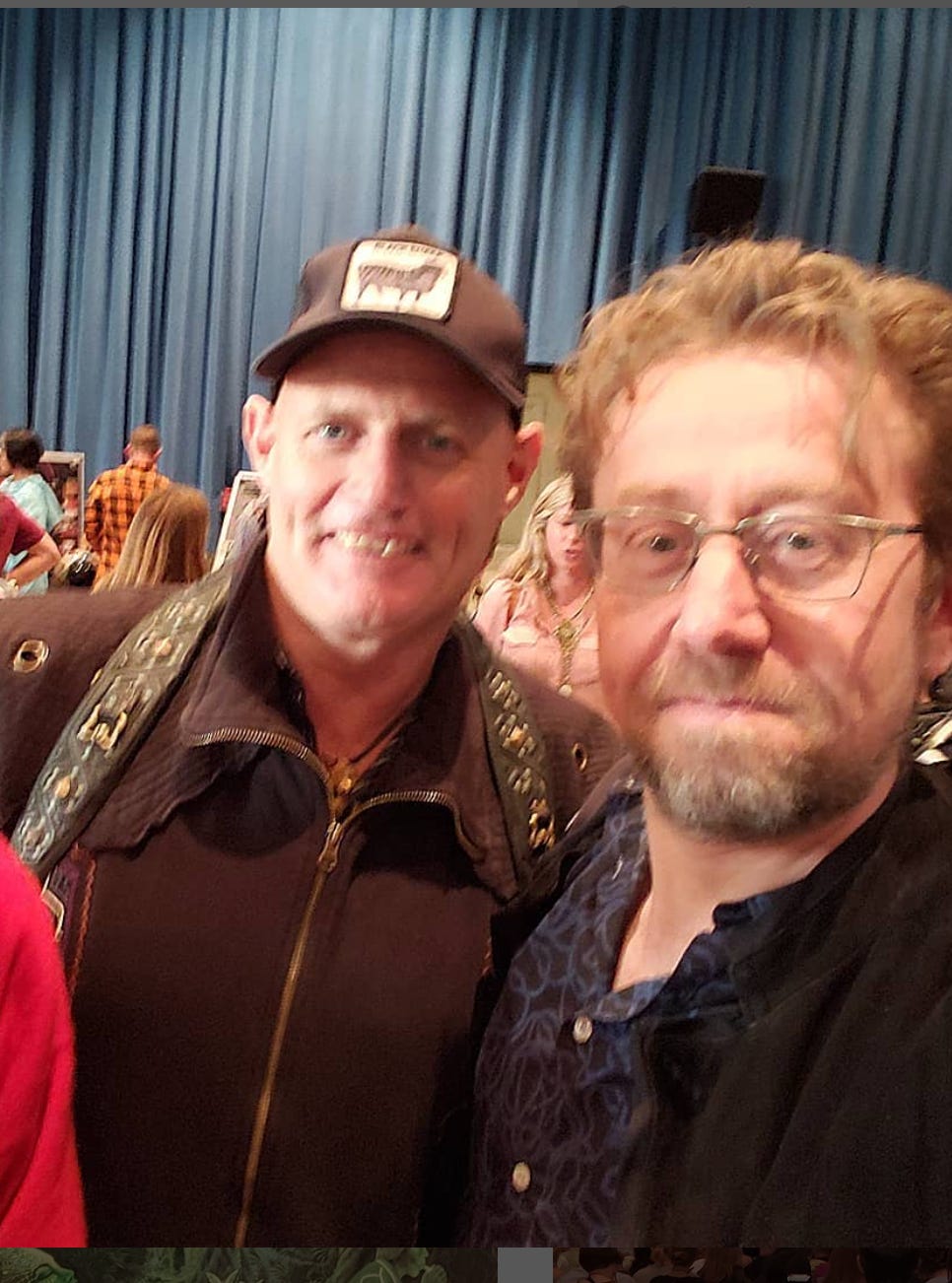I have been wanting to write a series of essays about friends who died recently. Yet I had to overcome resistance to this project for a few reasons.
First, it seems a bit like trespassing, even though I want to do this is out of love—to commemorate them in some way, to keep their memory alive in a culture moving so quickly that everything seems to fall into the abyss instantly, almost without a trace. Our culture has such a bizarre relationship with death; we barely talk about it and rarely acknowledge it. We don’t have containers for it — unlike traditional, tribal societies like those in Africa who revere their ancestors and departed members of their community (in some cases, almost to a morbid degree).
Second, I still think about them as I did when they were alive, with fondness and, in some cases, vexation. I remain curious about their flaws as well as their virtues. All of these deaths were surprises, even in the case with one friend who died in his eighties. The death of people you know and love always seems impossible. While we are young, we tend to feel casually immortal. This feeling never goes away entirely. Even as we get older, the core of ourselves remains atemporal, unchanged. We know death hovers, yet it feels so unlikely.
Deaths tend to come in bunches. Years pass and your extended circle undergoes no attrition. Then, suddenly, out of the blue, one person is gone. Then another. Then a third. Each of these deaths gives me a sensation of my own being contracting. It as if each of these relationships was like an invisible filament or tendril extending from my solitude into another’s isolated yet connected reality. Those delicate cords — all the conversations, hang outs that will never happen — dissipate with the person’s departure.
All of these people had something magnificent about them. They were like storybook characters, larger than life in some sense. Now that they have passed away, they seem to be embedded in the sculptural medium of time, bounded by a particular set of possibilities, as the present continually opens to the unknown.
One of my friends who passed away recently, last September, was psychedelic author and extreme sports aficionado James Oroc. Oroc wrote Tryptamine Palace: 5-meo-DMT and the Sonoran Desert Toad (2007), and The New Psychedelic Revolution: The Genesis of the New Visionary Age (2018), published by Inner Traditions. He was also a Burning Man stalwart and community leader, responsible for building Lady Sassafras, a steamboat art car, with parts salvaged from the wreckage of Hurricane Katrina in New Orleans. I had some of my most beautiful Burning Man experiences — sunsets, sunrises — on this fabulous vehicle. I don’t remember where I met Oroc exactly. It may have been at Burning Man or at one of many psychedelic conferences as we were both speakers on that circuit for a number of years.
A large, solid, muscular, jovial man, Oroc usually dressed in the outfit of the global Burning Man tribe, with leather vests crafted in Bali, pendants, Raver pants, and so on. He was a staunch, well-loved member of that community. Oroc had a big heart. I never saw him act thoughtlessly or unkindly to anyone. Originally from Australia, he lived in New Orleans for many years. An appropriately costumed celebration was held for him during Mardi Gras. There will also be a memorial at this summer’s Burning Man.
Oroc’s life took a surprising swivel when, in India in 2003, he smoked 5-meo-DMT for the first time. Up until then, he was a fairly militant atheist. He was 36 at the time. The experience of smoking 5-meo changed his worldview forever, launching him on his career as a psychedelic author and speaker. As he wrote in Tryptamine Palace (lovely to recall this after his untimely passing):
Keep reading with a 7-day free trial
Subscribe to Liminal News With Daniel Pinchbeck to keep reading this post and get 7 days of free access to the full post archives.




